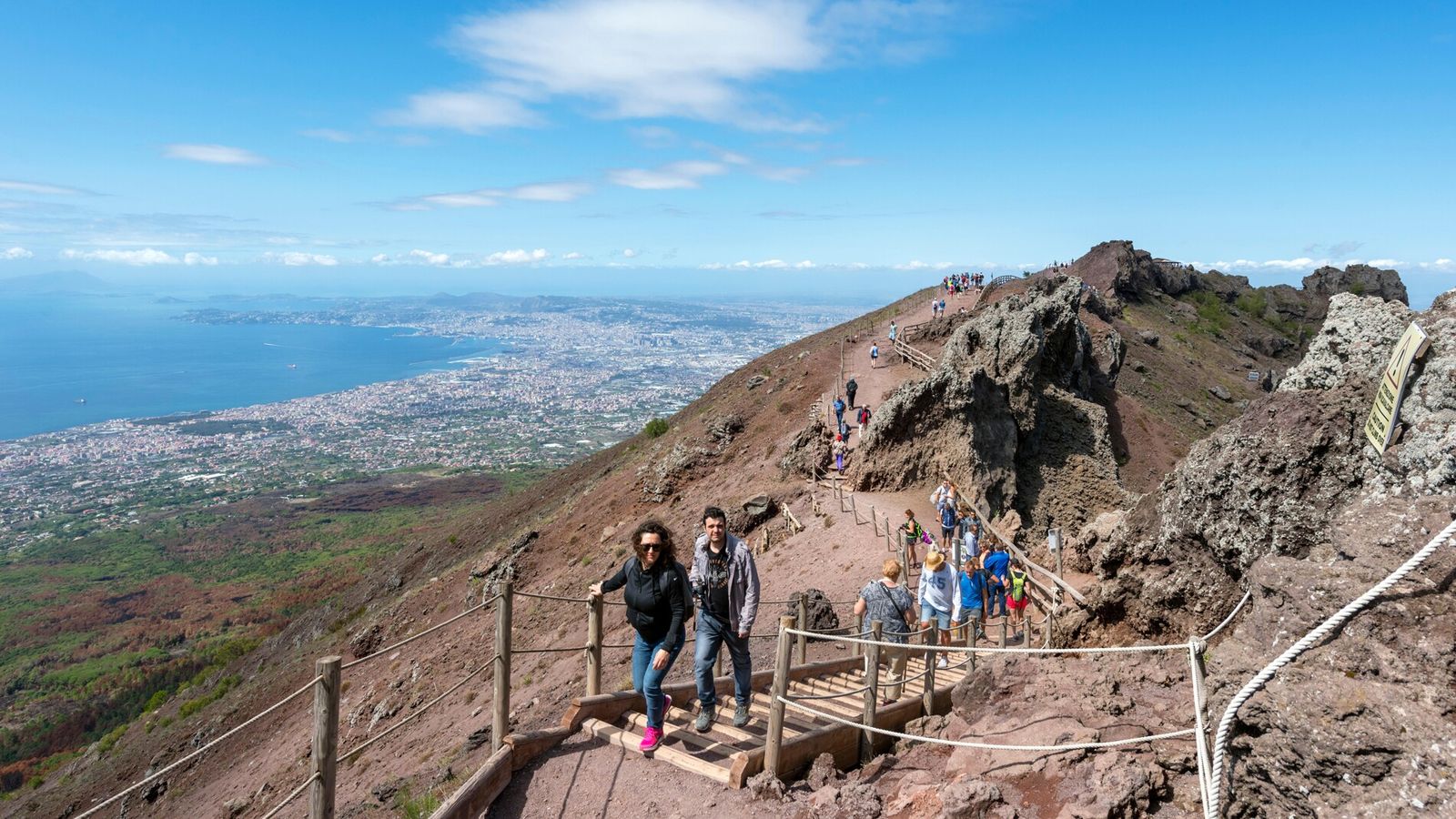Mountains are created by the collision and movement of tectonic plates, while volcanoes are formed by volcanic activity. Mountains have a more stable appearance and provide sources of freshwater and habitat for diverse flora and fauna. Volcanoes have a more dynamic shape and can have devastating effects when they erupt, including harm to plants, animals, and human life. However, volcanic eruptions also create new land, provide geothermal energy, and enrich the soil. Both mountains and volcanoes play a crucial role in shaping the environment, supporting biodiversity, and affecting human life in different ways.
Mountain vs. Volcano: The Forces of Nature Compared
High and imposing mountains and majestic volcanoes are two of the most impressive natural wonders on Earth. Both are results of powerful geological forces that shape our planet’s surface. Yet, they are also different in many ways. This article aims to compare and contrast mountains and volcanoes, discussing their formation, characteristics, and effects on the environment and human life.
Formation
One of the primary differences between mountains and volcanoes is how they are formed. Mountains are created by the collision and movement of tectonic plates, which cause the Earth’s crust to fold and rise. The result is a massive and sedimentary mountain range, such as the Rockies in North America or the Himalayas in Asia.
Volcanoes, on the other hand, are formed by volcanic activity. This geologic phenomenon occurs when molten rock, ash, and gas escape from the Earth’s mantle through cracks and vents in the crust. The lava cools and hardens, building up a volcanic mountain over time. The most famous examples are Mount Vesuvius in Italy or Mount Fuji in Japan.
Characteristics
The physical appearance of mountains and volcanoes also differs. Mountains have a more stable and constant appearance, with rocky peaks and slopes covered with vegetation or snow. They have a broad base and a gradual slope leading to the summit, offering breathtaking views and a unique ecosystem for plants and wildlife.
Volcanoes, on the contrary, have a more dynamic and erratic shape. They can be cone-shaped or dome-shaped, with steep and rocky slopes that end in a crater or caldera. They are characterized by their unpredictable activity, which can range from dormant to explosive, posing a significant risk to human populations nearby.
Effects on the Environment and Human Life
Mountains and volcanoes have profound effects on the environment and human life in different ways. Mountains are essential sources of freshwater, as they capture and store rain and snow that supply rivers and streams. They also provide habitats for diverse flora and fauna, contributing to biodiversity and ecosystems.
Volcanoes can have devastating effects on the environment and human settlements. When they erupt, the lava, ash, and toxic gases can cause fires, mudflows, landslides, and air pollution. This can harm or kill plants, animals and pose a threat to human life and infrastructures. However, volcanic eruptions also create new land, forming islands or expanding coastlines, enriching the soil, and providing geothermal energy in some areas.
Conclusion
In conclusion, mountains and volcanoes are two distinct yet fascinating forces of nature that shape our planet in unique ways. While mountains are passive and constant sources of awe and beauty, volcanoes are active and unpredictable expressions of power and danger. Both have a crucial role in shaping the environment, supporting biodiversity, and affecting human life in different ways. Understanding their formation, characteristics, and effects can help us appreciate their beauty and respect their potential hazards.
